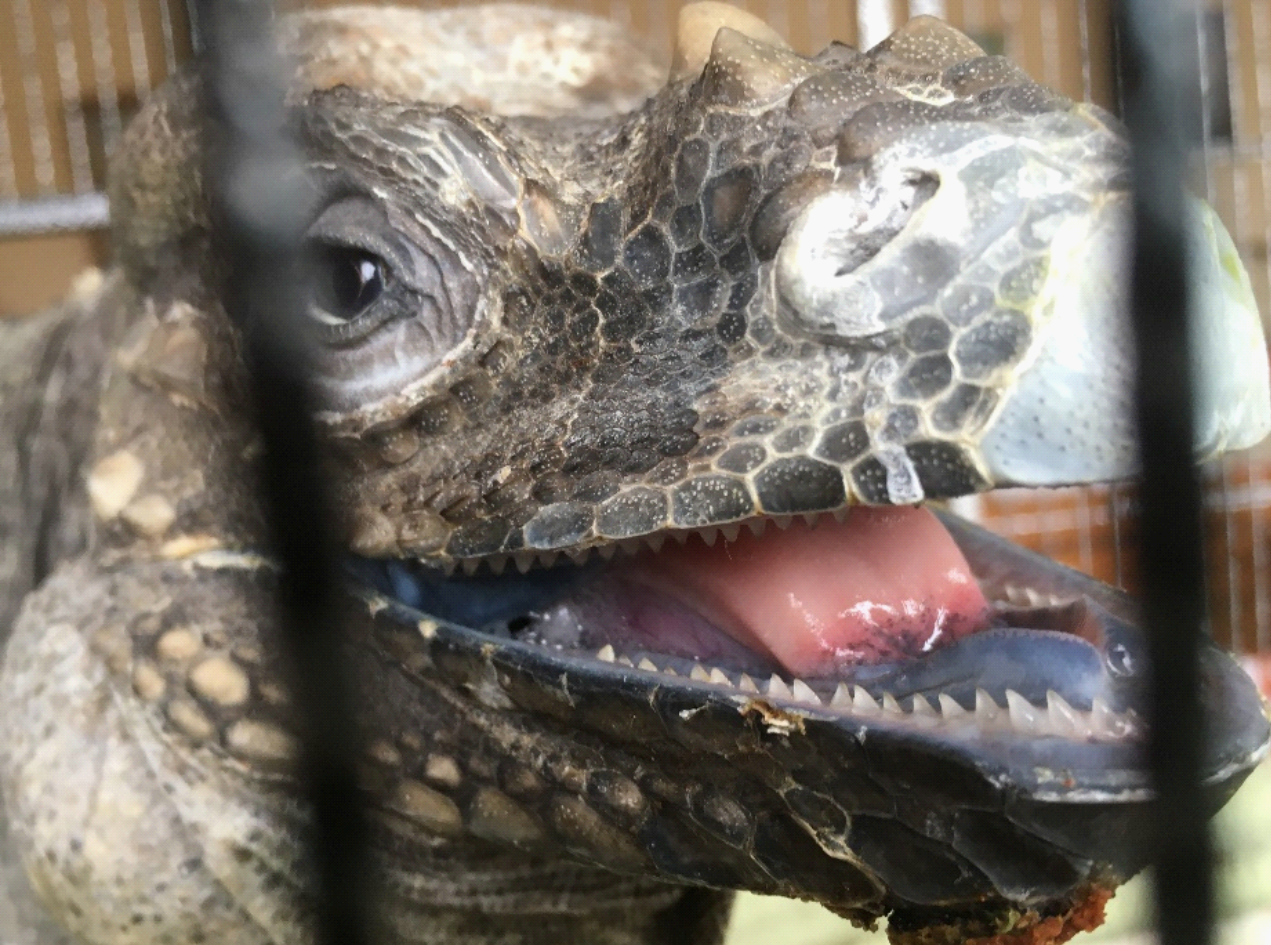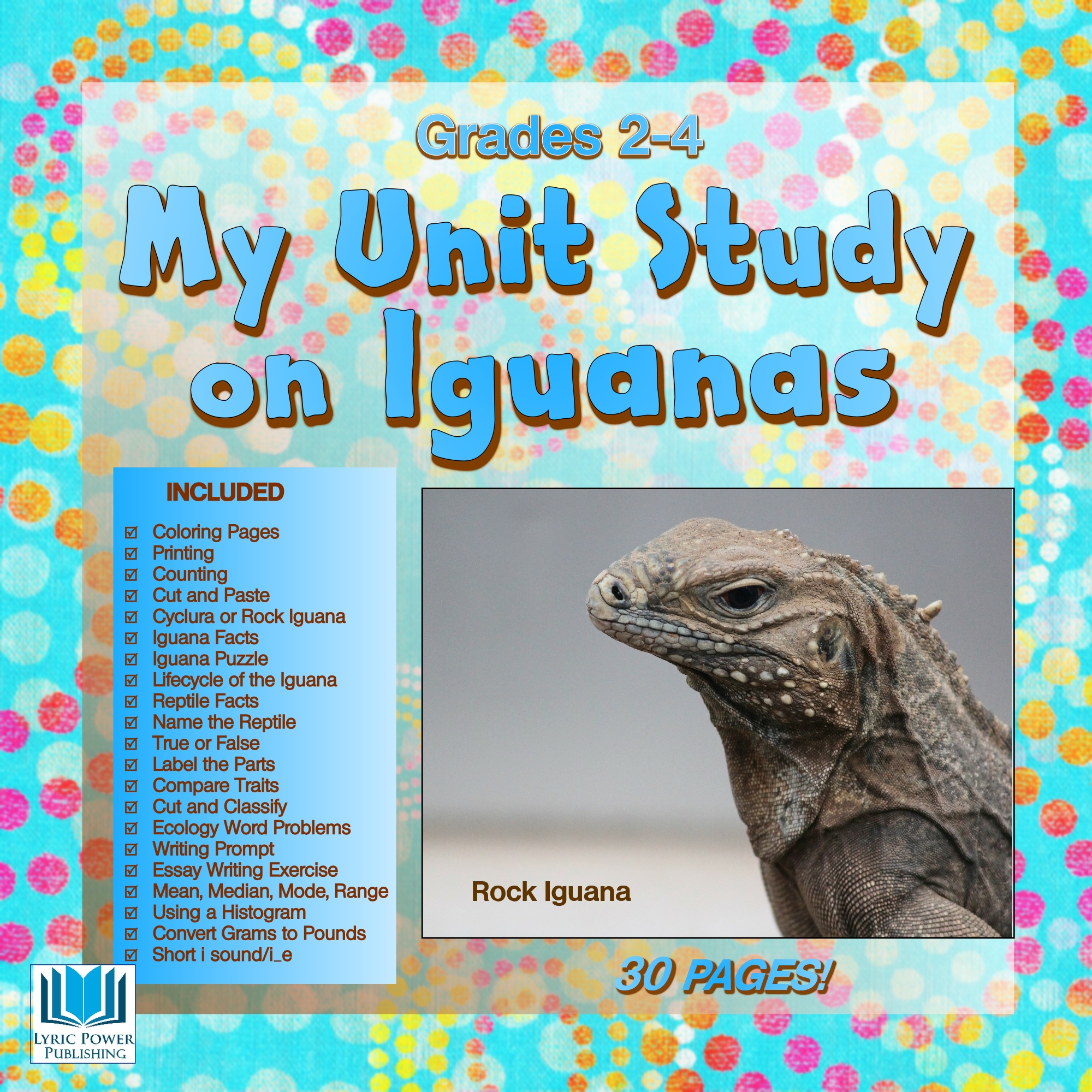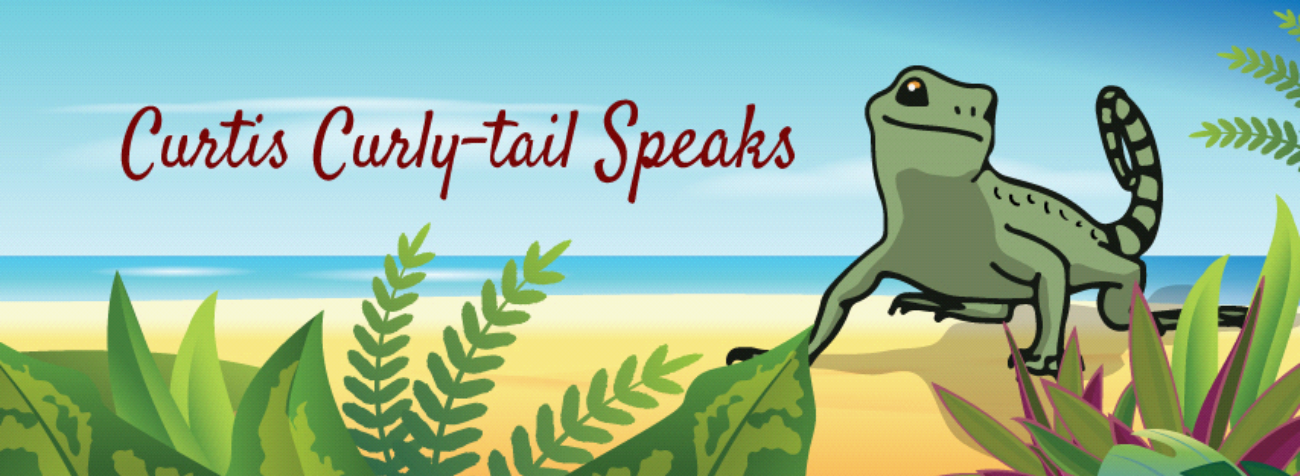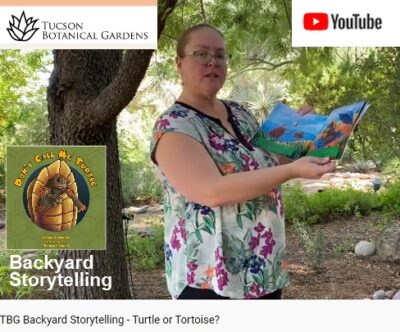To learn more about these fascinating big lizards, see our 30-page downloadable Supplemental Workbook for Grades 2-4, My Unit Study on Iguanas. The workbook includes the pages Cyclura or Rock Iguana?, Iguana Facts, Iguana Puzzle, Iguana Lifecycle, Reptile Facts, Name the Reptile, Label the Parts, Compare Traits, Ecology Word Problems, Printing Letters, Short i Sound, Counting, Cut and Paste, Cut and Classify, True or False; Mean, Median, Mode, Range; Using a Histogram, and Converting Grams to Pounds.
Do Iguanas Have Teeth? by Elaine A. Powers, Author

I’m often asked if iguanas have teeth. Even more interesting are the people who tell me that iguanas don’t have teeth because they are vegetarians. Since iguanas do have to bite through fibrous plant material, they actually have razor-sharp, serrated teeth. Sharks have nothing on iguanas when it comes to teeth! My rhinoceros iguana, Reginald, offered to show me his teeth for a photo. It’s often hard to see their teeth because they are nearly transparent. This may be why some people think they don’t have teeth – they’re hard to see.
Teeth are just one part of the iguanas’ eating procedure. Iguanas taste the world with their tongue, their slightly forked tongue. Yes, just like the forked tongue of a snake. The tongue collects molecules which are transferred to the Jacobson’s organ located in the iguana’s mouth. Once the iguana determines the leaf is food, he reaches out with his tongue which is covered in really sticky saliva. This allows the leaf to be pulled to the waiting mouth. That’s when those razor sharp teeth are used to slice off a mouth-sized piece of leaf.
The iguana must make its food bite-size because he doesn’t have any grinding teeth like molars. If the iguana selects a bigger food item, such as a fruit, he will move it around his mouth, slicing it until it is able to slide down his throat.
Baby iguanas are born with teeth, so they can eat immediately after hatching. Iguanas regularly grow new teeth. For those of you into anatomy, iguanas are pleurodonts since their teeth are attached to the inside of the jawbone.
Although iguanas have impressive teeth, this doesn’t mean you should fear them–just respect them. An iguana’s first response is to run. If running isn’t possible, they will whack with their tails and spin their bodies. Only as a last resort will they bite. But if you do get yourself bitten, you will have an impressive wound showing each and every tooth!
My advice is let the iguana use his or her teeth for eating. 🙂
To learn about our latest science-based children’s books and workbooks, to read our latest blog posts about reptiles, birds, cats, and gardening, in a variety of locations, and about how the books come to be, what inspires an author to write, and many more interesting aspects of the publishing business, fill in the box below and we will add you to our email list.
Thank you!




